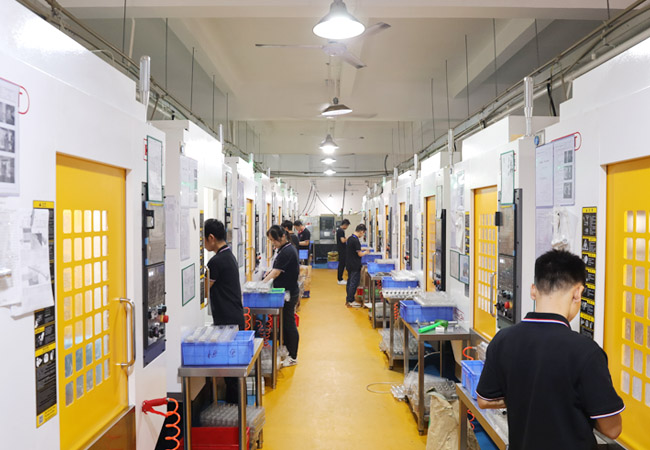VMT’s blog aims to share our hard earned knowledge on manufacturing and product development. We hope these articles help you to optimize your product design and better understand the world of rapid prototyping, rapid tooling, 3D printing and low-volume manufacturing.
Copper vs Brass: A Guide to the Differences and Distinctions
In the field of hardware parts machining, copper and brass both play an important role. Brass and pure copper, as highly conductive, corrosion-resistant and heat-resistant metal materials, are widely used in many industries such as electronics, medical equipment and machinery. This article aims to deeply explore the characteristics, composition, uses and significant differences between copper and brass.
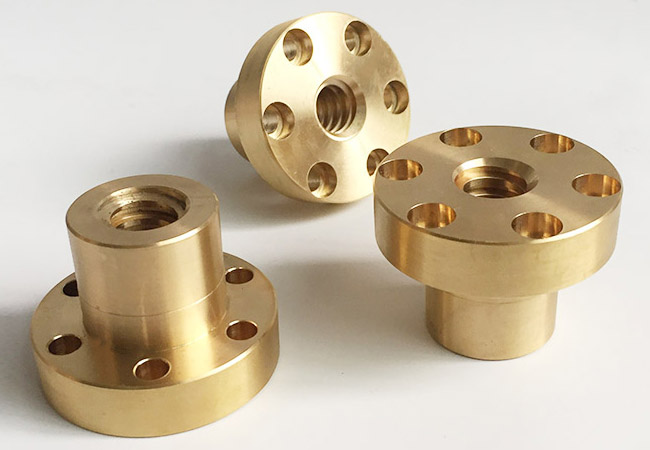
Ingredients And Composition
Pure copper, also known as red copper, is mainly composed of copper elements. It is a widely used gold, and its purity can be as high as 99.9%. Brass is an alloy composed of two metal elements, copper and zinc, and is a type of copper alloy. The addition of zinc not only changes the color of pure copper, making it appear different from golden yellow to light yellow, but also significantly enhances the hardness, wear resistance and corrosion resistance of brass.
Color and luster
Pure copper is purple-red in color, and its surface is covered with a layer of bright metallic luster, while brass has a golden or light yellow luster.
Density And Hardness
| Material | Density (g/cm³) | Hardness Range |
|---|---|---|
| Pure Copper (Red Copper) | Approximately 8.9 | Vickers Hardness: 60-100 HV Brinell Hardness: 25-80 HB |
| Brass | 8.50-8.80
Brass is an alloy material whose density varies depending on the ratio of copper to zinc and the presence of other alloying elements. |
Varies depending on alloy composition and heat treatment Example: H65M (Soft) < 100 HV H65-T (Extra Hard) ≥ 145 HV |
Thermal Conductivity And Electrical Conductivity
Pure copper, or red copper, is unique in the metal world for its excellent thermal and electrical conductivity, and is widely used in key areas such as power transmission, electronic devices, and heat exchange systems. Its high purity ensures efficient transfer of electron flow and heat, making it an indispensable material in these fields. In contrast, brass, as an alloy of copper and other metals, also exhibits good thermal and electrical conductivity, but these properties are reduced compared to pure copper due to the influence of alloying elements.
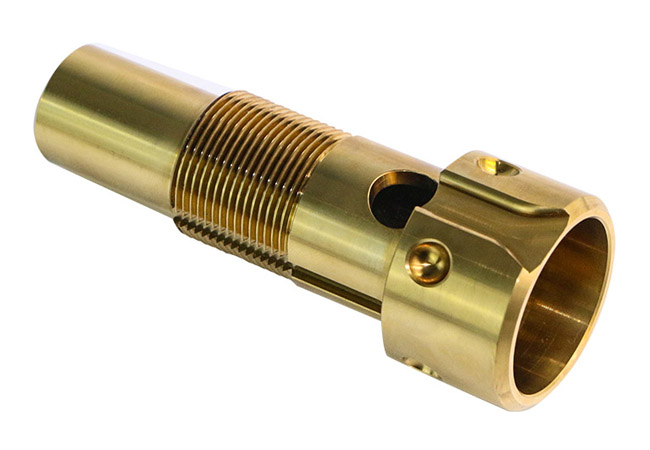
Melting Point
| Material | Melting Point Range (°C) | Notes |
|---|---|---|
| Pure Copper | 1083.4±0.2 | High-purity red copper |
| Brass | 900-940 (or 1193) | Melting point varies based on zinc content and other alloying elements |
Durability
Pure copper is not only wear-resistant and tear-resistant, this material can better maintain its surface integrity and structural stability when subjected to mechanical stress or friction. Also exhibiting good flexibility and workability, it can be easily processed into various shapes and sizes.
Although brass is also a durable material, it is more susceptible to external influences, cracks and scratches than pure copper. At the same time, brass may accelerate oxidation in a humid or corrosive environment and form a patina, which may not necessarily lead to material failure, but will affect its appearance and performance.
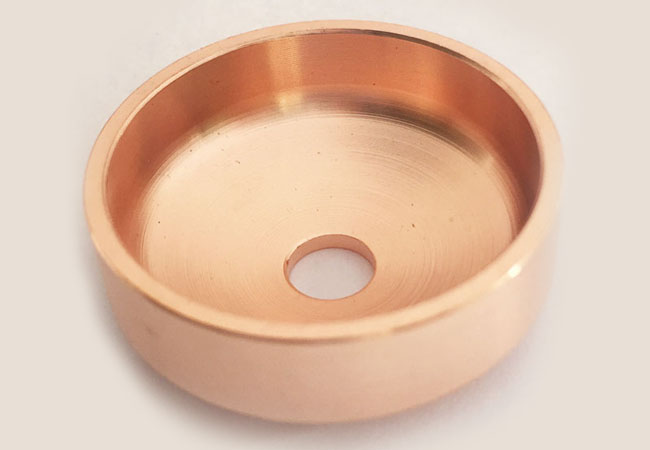
Advantages and Disadvantages of Pure Copper
Advantage
Stable electrical conductivity: Pure copper can maintain stable electrical conductivity under various environmental conditions.
Corrosion resistance: Pure copper has excellent corrosion resistance and shows good resistance to the atmosphere, soil and many chemicals.
Durability: Due to its strong corrosion resistance, pure copper materials are not prone to corrosion when used underground for a long time.
Strong and durable: Pure copper has high mechanical strength, can withstand various mechanical stresses and geological conditions, and is not easy to break or deform.
Ease of processing: Pure copper materials are easy to cut, weld and bend, and can be flexibly processed and installed according to on-site needs.
Disadvantages
Higher price: Compared with other common metals, the price of pure copper is higher.
Greater softness: Pure copper has greater softness, poor cold working performance, and weaker mechanical properties. It is easy to bend and deform, and is not suitable for use in high-strength and high-load projects.
Advantages and Disadvantages of Brass
Advantages
Corrosion resistance: Brass has good corrosion resistance, especially good tolerance to corrosion in water and air, and is suitable for making pipes, valves and other parts that require corrosion resistance.
Good processing performance: Brass is easier to process and form than pure copper, has higher plasticity and forgeability, and is suitable for manufacturing precision instruments, ship parts, etc.
Relatively cheap price: Compared with pure copper, brass is more affordable and suitable for large-scale industrial production.
Disadvantages
Relatively low strength: Compared with some other metals, brass has relatively low strength and is not suitable for applications that require high strength and wear resistance.
Easy to produce corrosion cracking: Under certain specific conditions, brass is prone to corrosion cracking, affecting service life and safety.
Application Fields
Pure copper is widely used in electrical, mechanical manufacturing, construction industry, transportation and other fields, especially as a conductor material, such as wires, cables, electronic components, etc.
Brass is often used to make valves, water pipes, air conditioner internal and external machine connection pipes, radiators, musical instruments, etc. due to its high strength, wear resistance and corrosion resistance. In addition, brass is also used to make coins, locks and other daily necessities.
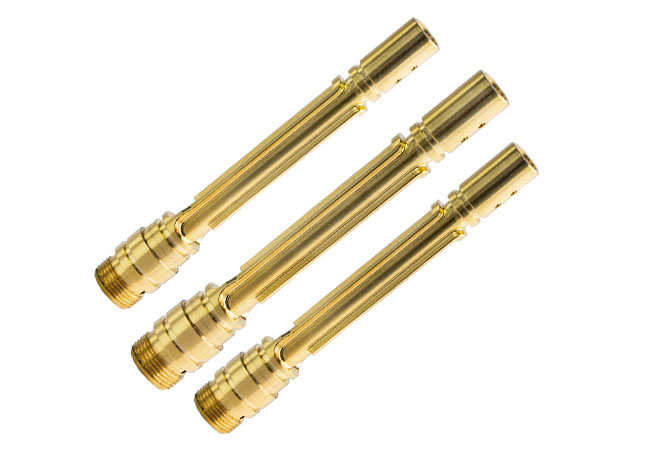
Conclusion
This article deeply compares the characteristics and application fields of brass and pure copper. Understanding these differences will help you choose the appropriate metal material according to actual needs, so as to better meet the needs of parts machining.
Start Your Metal CNC Machining Manufacturing Production
In the field of hardware parts machining, copper and brass are indispensable metal materials. They are widely used in many key links such as CNC machining center operation, precision extrusion molding and casting processes.
Choose us VMT, you can get one-to-one engineering support. Our engineers will work closely with you to provide structural design optimization suggestions and 100% assist you in choosing the most suitable machining technology to meet your production and machining needs. At the same time, we promise to provide you with fast delivery with competitive service prices and efficient production processes. Contact us now for more information and let us help you choose the right materials and manufacturing processes to accelerate your product development process.
